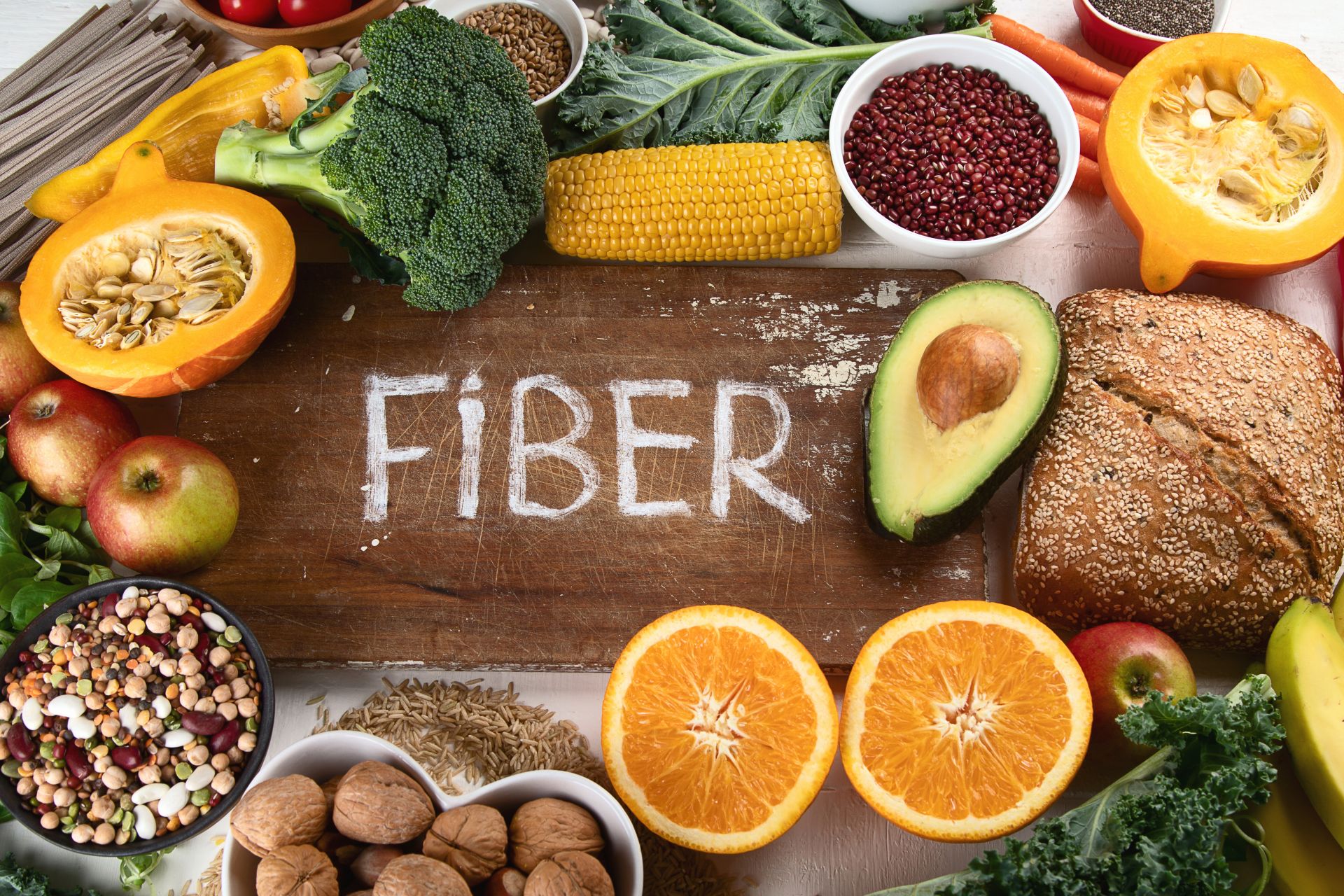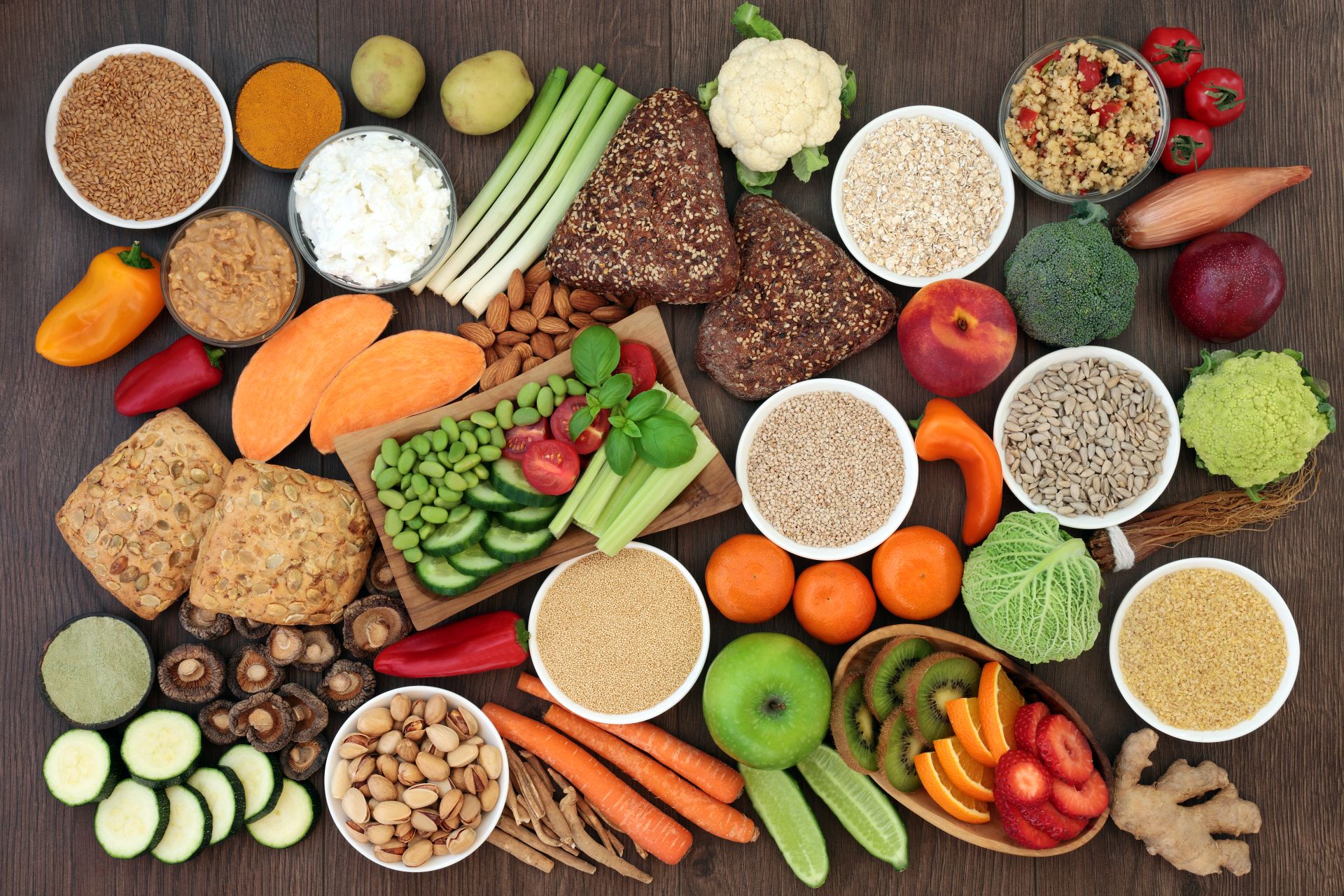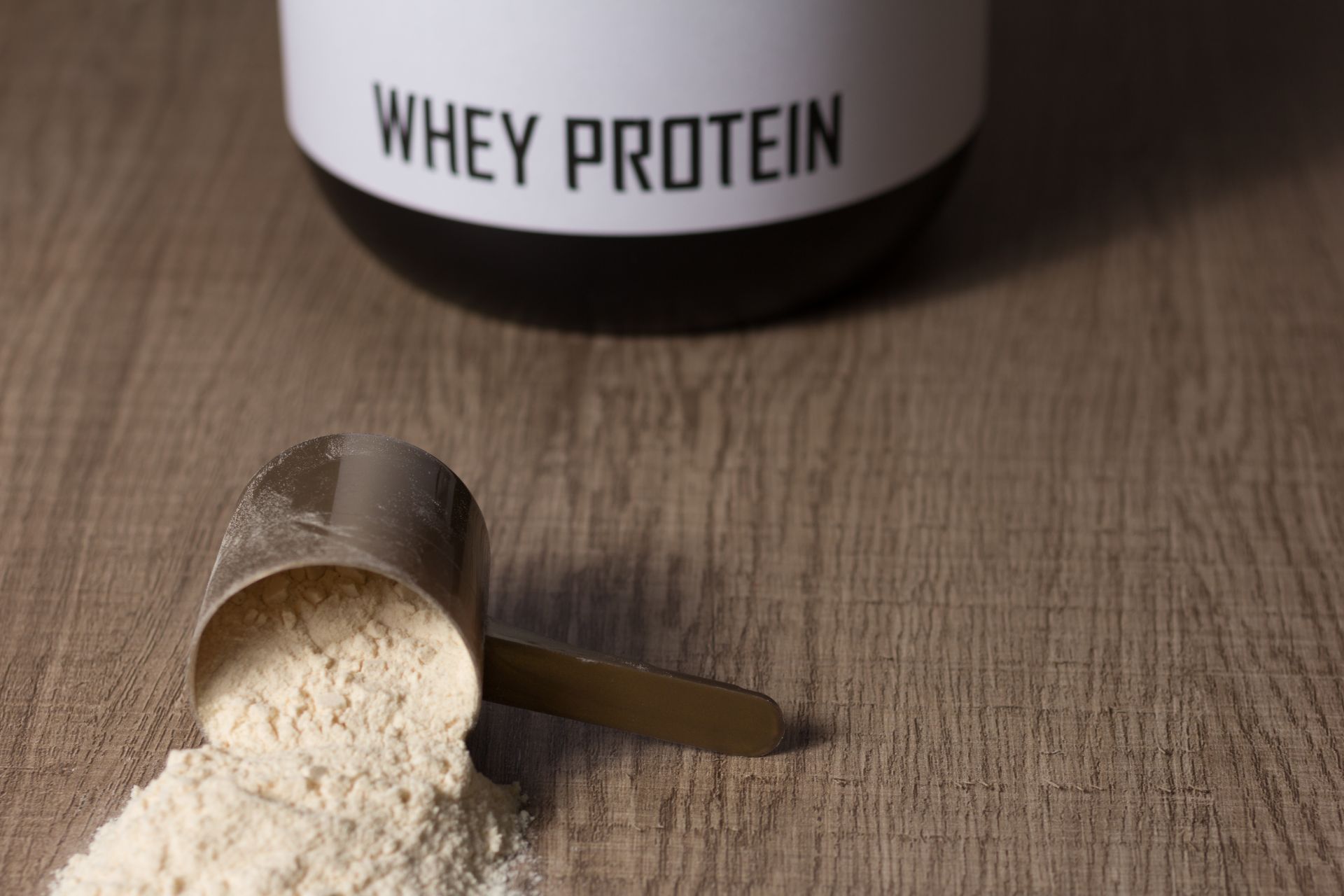Fiber - why do we need it?

Dietary fiber, otherwise known as dietary fiber, is a heterogeneous group of plant-derived compounds, mainly classified as non-starchy carbohydrates that are resistant to the action of human digestive enzymes. Dietary fiber performs many important physiological functions in the human body, so it is considered a nutrient with broad health-promoting properties. So let's find out why we need dietary fiber.
- Dietary fiber - properties
- Dietary fiber - sources
- Dietary fiber - requirements
- Dietary fiber - deficiency
- Dietary fiber - excess
Dietary fiber - properties
Dietary fiber has well-documented hypocholesterolemic and anti-atherosclerotic properties. Regular consumption of dietary fiber, especially its water-soluble fraction (e.g., Psyllium seeds - Plantago psyllium L., glucomannan, oat beta-glucans) contributes to the reduction of total cholesterol and low-density lipoprotein LDL (so-called "bad" cholesterol) in people with hypercholesterolemia. Dietary fiber binds cholesterol and bile acids and inhibits their conversion into carcinogenic compounds.
In addition, dietary fiber exhibits hypoglycemic and anti-diabetic properties. It is well known that dietary fiber lowers fasting blood glucose and glycated hemoglobin (HbA1c) levels, as well as reduces the value of the insulin resistance index (HOMA-IR). Hence, all healthy adults and patients with diabetes and insulin resistance are recommended to consume at least 25 grams of dietary fiber each day.
Dietary fiber also contributes to lowering both systolic and diastolic blood pressure values, as well as reducing the risk of developing cardiovascular diseases, including ischemic heart disease by 7-24% and stroke by 7-17%. Moreover, a fiber-rich diet can reduce the risk of death from cardiovascular disease by as much as 17-23% and the risk of metabolic syndrome by 14-30%.
The professional literature clearly indicates that consuming adequate amounts of dietary fiber is associated with a lower incidence of cancer. Studies have shown that dietary fiber can reduce the risk of pancreatic cancer (by 48%), esophageal cancer (by 39-48%), stomach cancer (by 42%), ovarian cancer (by 24-30%), colorectal cancer (by 14-26%), renal cell carcinoma (by 16%), breast cancer (by 7-15%) and endometrial cancer (by 14%).
Consuming sufficient amounts of dietary fiber in the diet, especially the water-insoluble fractions, increases the frequency of bowel movements and effectively relieves constipation. Dietary fiber also aids in reducing excess body weight due to the fact that it intensifies the feeling of satiety after eating a meal. A diet rich in dietary fiber also contributes to an increase in the number of beneficial bacteria of the genus Lactobacillus and Bifidobacterium in the intestines.
Dietary fiber - sources
We already know why we need dietary fiber, now let's see what foods contain the most fiber. The main dietary sources of fiber in the human diet include:
-
Coarse-grain cereal products (including: buckwheat groats, brown rice, whole-grain pasta, wholemeal rye bread, oatmeal, barley flakes, bran),
-
Legume seeds (e.g., broad beans, beans, peas, soybeans, lentils, chickpeas),
-
Nuts, seeds, seeds (e.g.: flaxseeds, chia seeds, sunflower seeds, sesame seeds, pumpkin seeds, walnuts, almonds, hazelnuts),
-
Vegetables (e.g. broccoli, carrots, parsley, beets, eggplant, celery, peppers, green beans),
-
Fruits (e.g. raspberries, strawberries, oranges, currants, apples, pears, dried fruits).

Dietary fiber - requirements
According to WHO/FAO recommendations, the intake of 25 g of dietary fiber per day ensures the proper functioning of the human body. The European Food Safety Authority (EFSA) also considered sufficient intake (AI) of dietary fiber in adults at 25 g per day, and in children between 10 and 21 g per day, depending on age. EFSA experts in some cases recommend a higher fiber intake than 25 g per day, as it may be beneficial for long-term maintenance of normal body weight and reducing the risk of developing many diet-related diseases.
Dietary fiber - deficiency
Insufficient dietary fiber intake contributes to the development of constipation and increases the risk of diseases such as atherosclerosis of the blood vessels, type 2 diabetes, obesity, gallstones, diverticulosis of the large intestine, colon cancer and breast cancer in women. A deficiency of dietary fiber in a person's diet can also promote the occurrence of acute appendicitis, hemorrhoids, and colon polyps. Low-fiber diets tend to be rich in high-calorie and low-nutritional foods with a high degree of processing (e.g., sweets, salty snacks, fast food, white flour products), which promote overeating and the development of obesity and other lifestyle diseases.
Dietary fiber - excess
Too much dietary fiber in the diet results in reduced absorption of fats, which can reduce the absorption of fat-soluble vitamins (A, D, E and K). Excess dietary fiber and some of its fractions (e.g., lignans) can also impede the absorption of other nutrients, including mineral salts (e.g., calcium or iron).
Sources:
-
Veronese N, Solmi M, Caruso MG, et al: Dietary fiber and health outcomes: an umbrella review of systematic reviews and meta-analyses. Am J Clin Nutr. 2018 Mar 1;107(3):436-444.
-
Barber TM, Kabisch S, Pfeiffer AFH, et al: The Health Benefits of Dietary Fibre. Nutrients. 2020 Oct 21;12(10):3209.
-
Fu L, Zhang G, Qian S, et al: Associations between dietary fiber intake and cardiovascular risk factors: An umbrella review of meta-analyses of randomized controlled trials. Front Nutr. 2022 Sep 12;9:972399.
-
Chen JP, Chen GC, Wang XP, et al: Dietary Fiber and Metabolic Syndrome: A Meta-Analysis and Review of Related Mechanisms. Nutrients. 2017 Dec 26;10(1):24.
-
Reynolds AN, Akerman A, Kumar S, et al: Dietary fiber in hypertension and cardiovascular disease management: systematic review and meta-analyses. BMC Med. 2022 Apr 22;20(1):139.
 ⮜ Previous article
⮜ Previous article
Which protein to choose for reduction?
 Next article ⮞
Next article ⮞